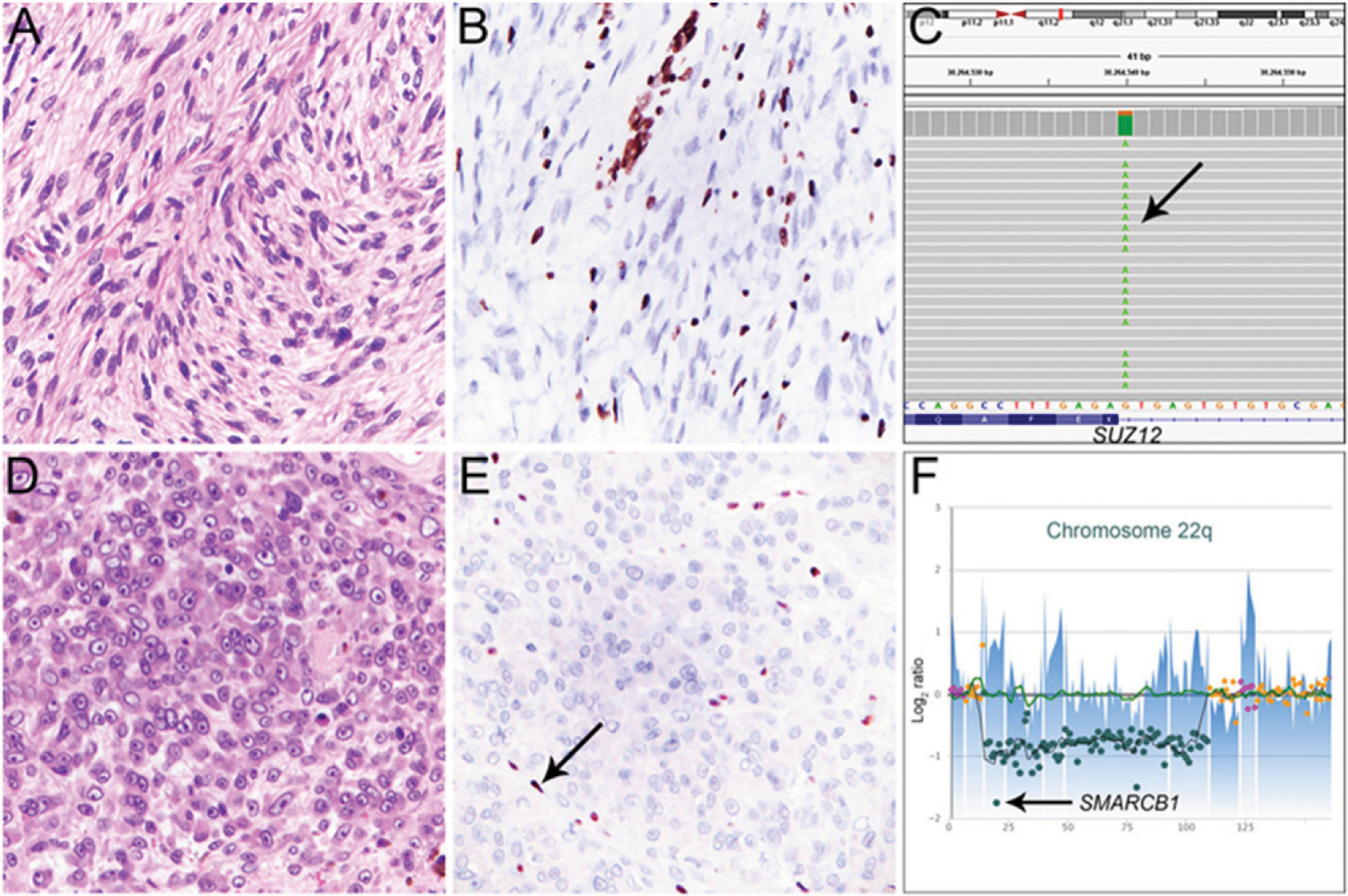FIGURE 1. Genetic and Immunohistochemical Characteristics in Conventional and Epithelioid Malignant Peripheral Nerve Sheath Tumors.

A high-grade malignant peripheral nerve sheath tumor (MPNST) of the psoas region (A), with loss of trimethylation at lysine 27 of histone 3 (H3K27me3) in tumor cells (B; vascular endothelial cells and inflammatory cells serve as positive internal control). This tumor shows a homozygous c.274+1G>A splice site mutation (allele fraction 80%) in SUZ12 (C, arrow), which leads to inactivation of the polycomb repressive complex 2 (PRC2) and loss of H3K27me3. This MPNST also had biallelic inactivation of NF1 (not shown). Epithelioid MPNST of the popliteal fossa with epithelioid morphology of tumor cells showing nuclear atypia, prominent nucleoli, and frequent mitoses (D) showing loss of SMARCB1 expression in tumor cells (E; inflammatory cells serve as positive internal control, arrow) resulting from a homozygous deletion affecting the entire coding region of SMARCB1 at 22q11.23 (F, arrow).
